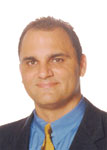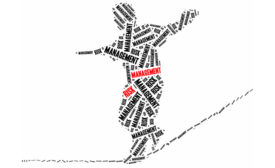Articles by David Sarkus MS, CSP
Risk assessment requires continuous learning and engagement
Read More
Closing Time
5 strategies & tactics to minimize errors
Human performance planning
December 3, 2019
Closing Time
Leadership gaps & situational awareness
Know the causes of cognitive errors
September 12, 2019
Creating the right climate for safety
Leaders need to show their competency, and their caring for co-workers
April 18, 2019
Report problems & precursors early & often
Hey, you — keep that door open!
January 16, 2019
5 essentials for advancing your safety program & achieving success
What you should want from your leaders
October 3, 2018
Become a Leader in Safety Culture
Build your knowledge with ISHN, covering key safety, health and industrial hygiene news, products, and trends.
JOIN TODAYCopyright ©2025. All Rights Reserved BNP Media.
Design, CMS, Hosting & Web Development :: ePublishing










